Ian Laval
Classic hand-made furniture
Vancouver Island British Columbia Canada


|
Ian Laval |
 |
 |
Home Showroom About Workshop Archive Contact & links
 Ian Laval dealing with a fallen Vancouver Island Garry oak.  Quarter-sawing the Garry oak above. 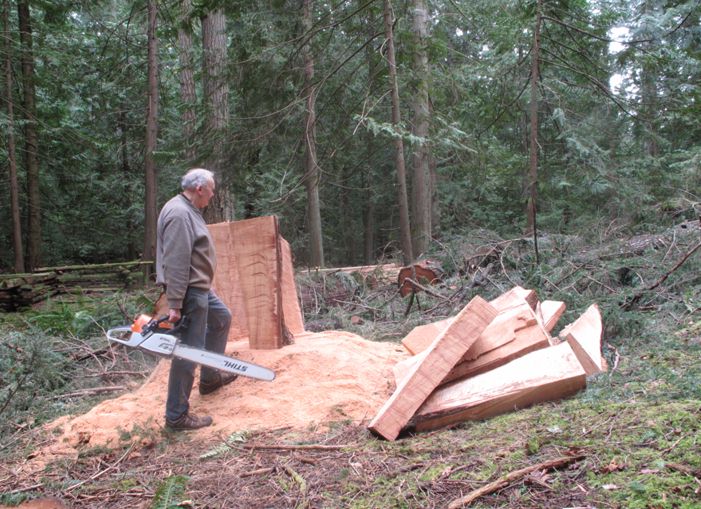 Cutting the stump of a large red cedar 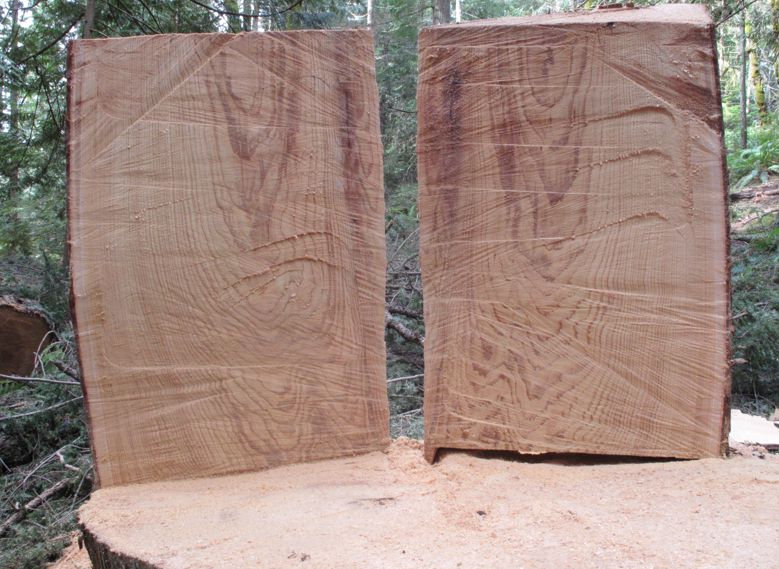 Matched cedar 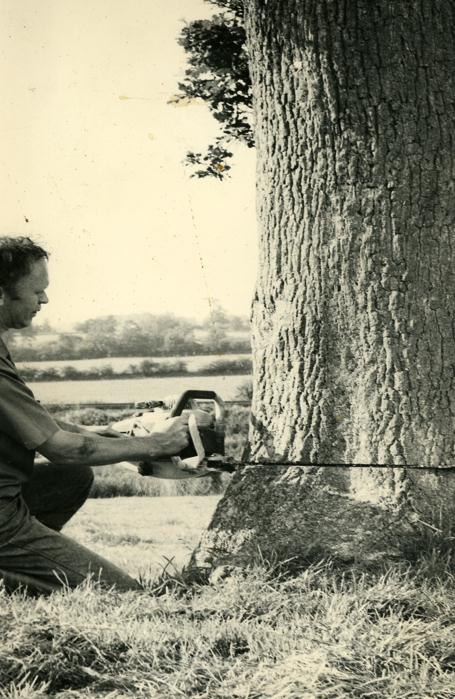 First cut in an English brown oak 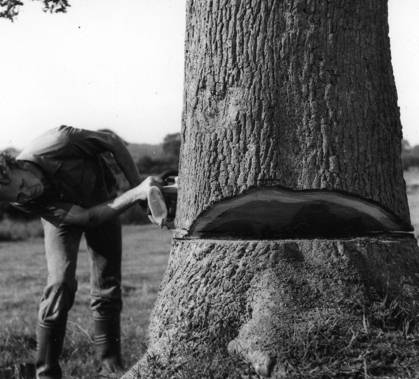 The gob is cut. Now the side cuts. 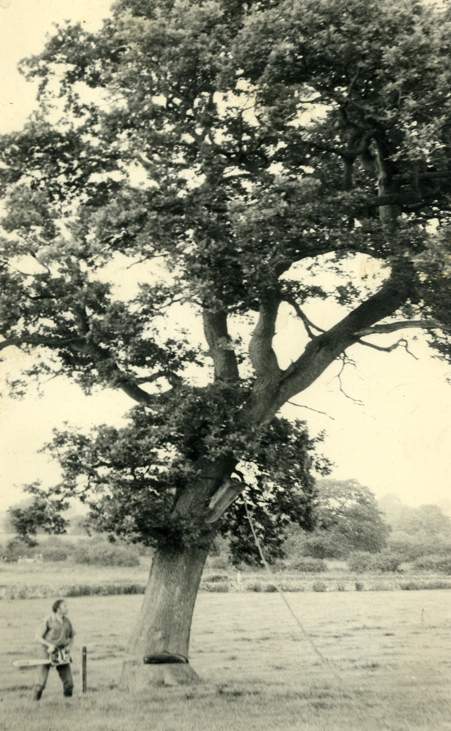 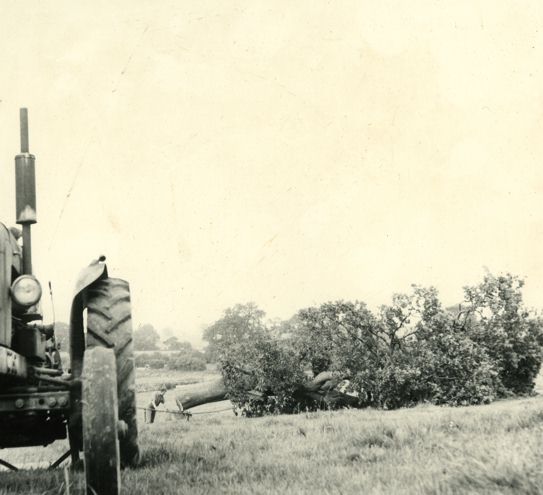 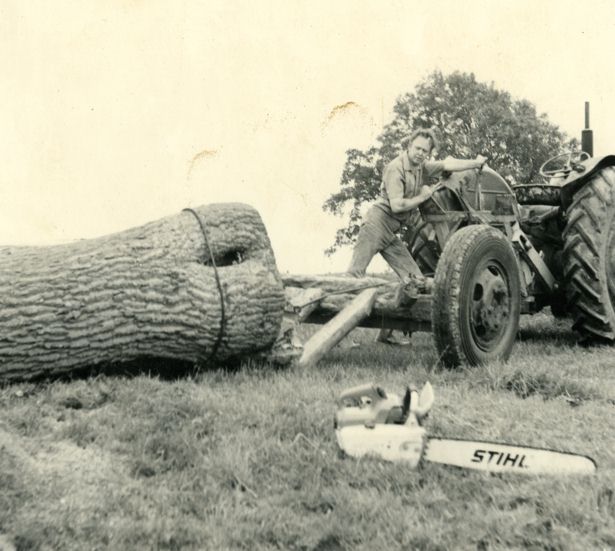 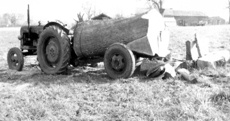 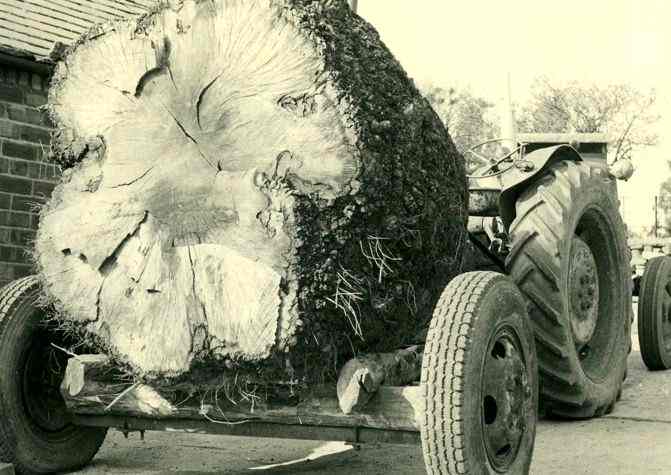  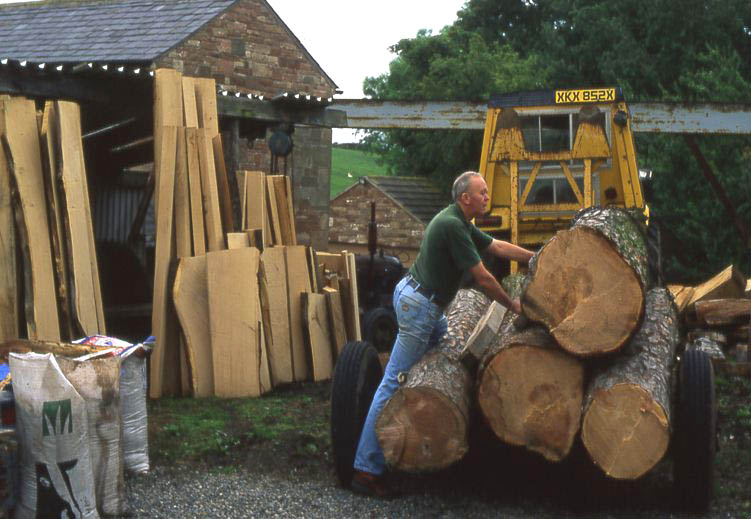 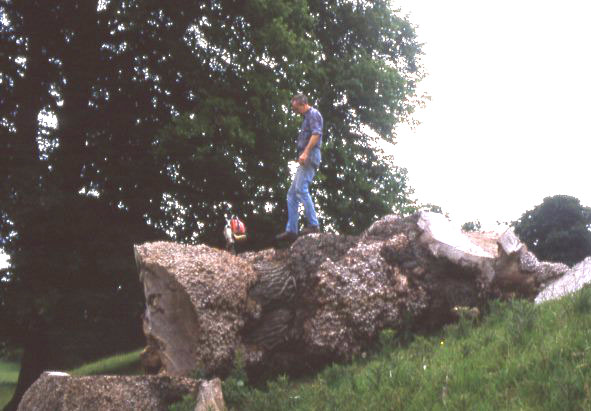 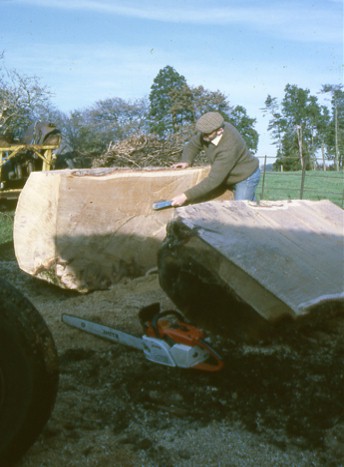 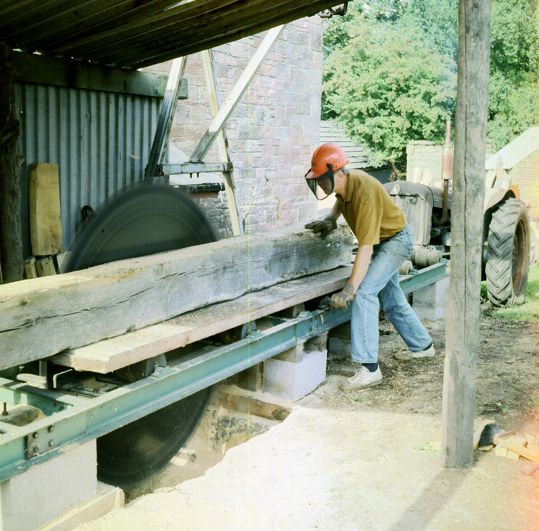  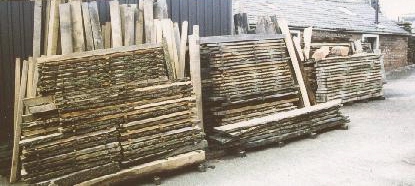 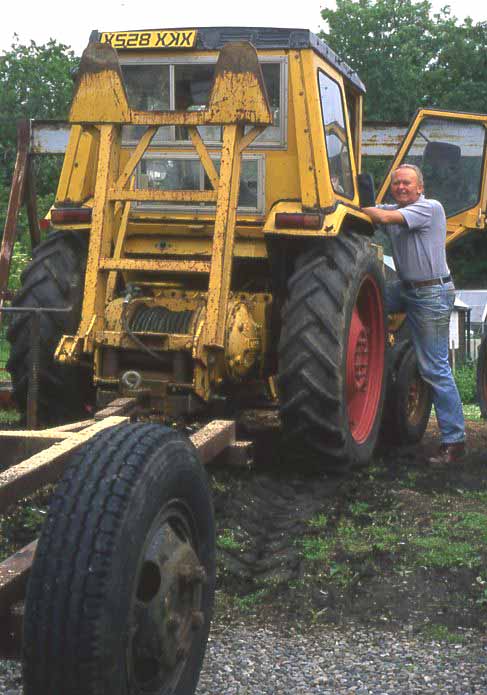 |
Ian Laval began making furniture in England in 1970. Driven by a shortage of good, properly sawn wood for high quality, traditional furniture-making he quickly moved to felling, sawing and processing trees himself. He built a small sawmill powered by a tractor-driven rack-bench with a 60-inch inserted tooth saw, heavy lifting gear to handle logs up to four tons, drying sheds and a kiln in which to finish the drying process after initial air-drying. From then on his workshop used only timber from the locality -- within tractor-driving distance. The main species were oak, plus a variety of others including wych-elm, ash, sycamore, yew, cherry and occasional fruitwoods. With access to the whole tree, Ian Laval -- always working single-handed -- sawed natural shapes, like curves from the tree's buttresses and crotches for specialised use in his furniture designs. And the same trees produce a wide range of beautiful sawn veneers from burrs, crotches and many interesting features hidden inside the tree and revealed on the saw-bench. Most importantly, total control over all the processing stages of his raw material enabled Ian Laval to produce wood entirely fit for the exacting requirements of the traditional furniture-maker. Quarter-sawing, recognising the way in which wood grows, dries and performs in use, is the principle applied in his sawing. The striking medullary rays of oak are revealed only by quarter sawing and the resulting material is considerably more stable than in through- or slash-sawing. Freshly-sawn timber is first end-racked to allow the sap-laden surfaces -- the potential target of fungal attack -- to dry before being laid flat in stick. Sticked timber is allowed to air-dry for at least one year, depending on the species and sawn thickness, before being loaded into the kiln. Ian Laval has lectured extensively on practical timber technology and run courses for education authorities in the UK. He sold up in the UK in 1999 to begin long-distance ocean sailing and continues with furnituremaking in a workshop on Vancouver Island, British Columbia, Canada. |